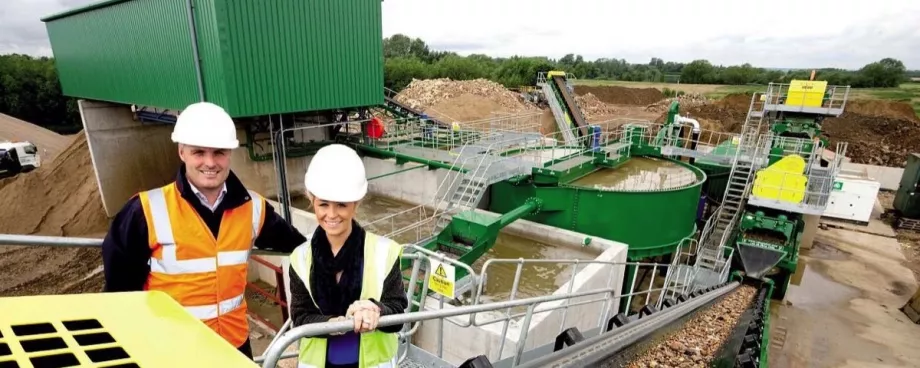(From the archive of ”bulk solids handling", article published in Vol. 32 (2012) No. 4 , ©2012 bulk-online.com)In order to enhance its construction and demolition waste recycling infrastructure an Oxford plant operator made a multi-million pound investment in a new wet processing plant from CDE Global.
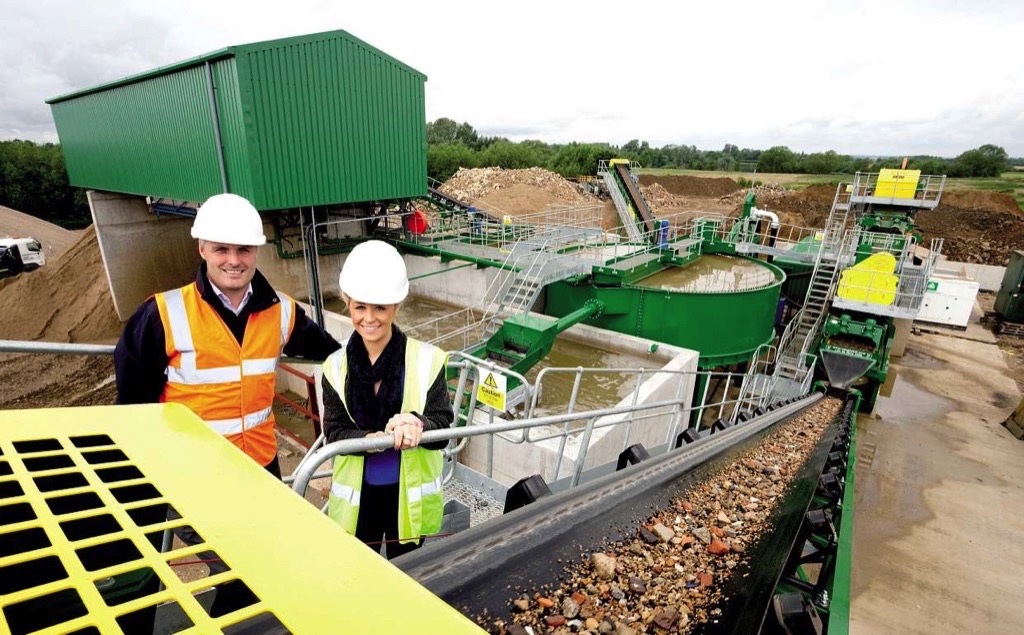
Persistence was the key to success in this instance as the result of an extended planning and appeals process. The Sheehan Group originally proposed the new waste recycling plant in May 2006 and the plant was finally commissioned in June 2012. “We knew that there was a need for investment in more advanced recycling technology for construction and demolition waste in the Oxford area and have fought for the last five years to have this recognised” says Chris Sheehan, Managing Director of the Sheehan Group. “While we regret the loss of 500,000 tonnes of construction and demolition waste recycling due to the planning process we are now pleased to say that the new plant offers our customers a greatly improved product offer with a wide range of high value applications.”The new facility is located at the Dix Pit complex in Stanton Harcourt which covers approximately 150 hectares. The site has previously been used as a sand and gravel deposit and today the recycling company has a variety of industrial and commercial neighbours including a batching plant and a household recycling centre. In addition to the supply of sustainable aggregates and construction materials the Sheehan Group is also a groundwork and civil engineering contractor as well as being involved with plant hire and waste removal and reclamation.
Maximise Material Recovery
Before operating from the Dix Pit complex Sheehan had been operating a smaller recycling facility at Slape Hill, near the village of Woodstock on which the lease expires in 2014. This facility employed dry crushing and screening to process 60000 tonnes per year of construction and demolition waste which was primarily applied in low value applications such as cover or general fill.According to Tara Sheehan, the groups' Financial Controller, the new washing plant with its enhanced recycling capability enables the group to progress their material up the waste hierarchy. "We can now offer a real alternative to virgin aggregates”, she explains.
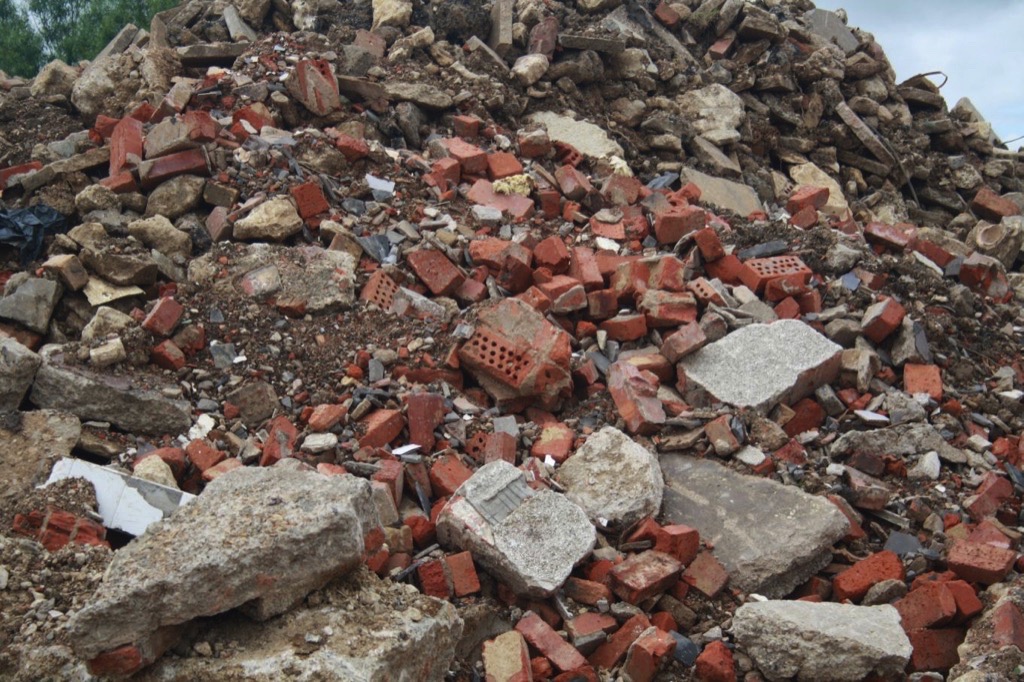
All of the construction and demolition waste material that the Sheehan group handle is now processed through the new CDE washing plant at Dix Pit with the licence permitting 100 000 tonnes per year. In addition to the 60 000 tonnes of material processed at the previous site an additional 50000 tonnes was being sent to landfill each year as a result of the limited capability of the crushing and dry screening plant. “Getting the washing plant up and running earlier would have saved us sending this large volume of material to landfill for the last 5 years” says Chris Sheehan. “The advanced processing methods that we have introduced maximise material recovery when compared to dry processing which is why we fought so hard to win the right to install the new plant.”The primary source of feed material for the new plant is within Oxfordshire with a smaller amount coming from surrounding counties such as Buckinghamshire. External hauliers are bringing material from the fringes of Greater London.
The Process
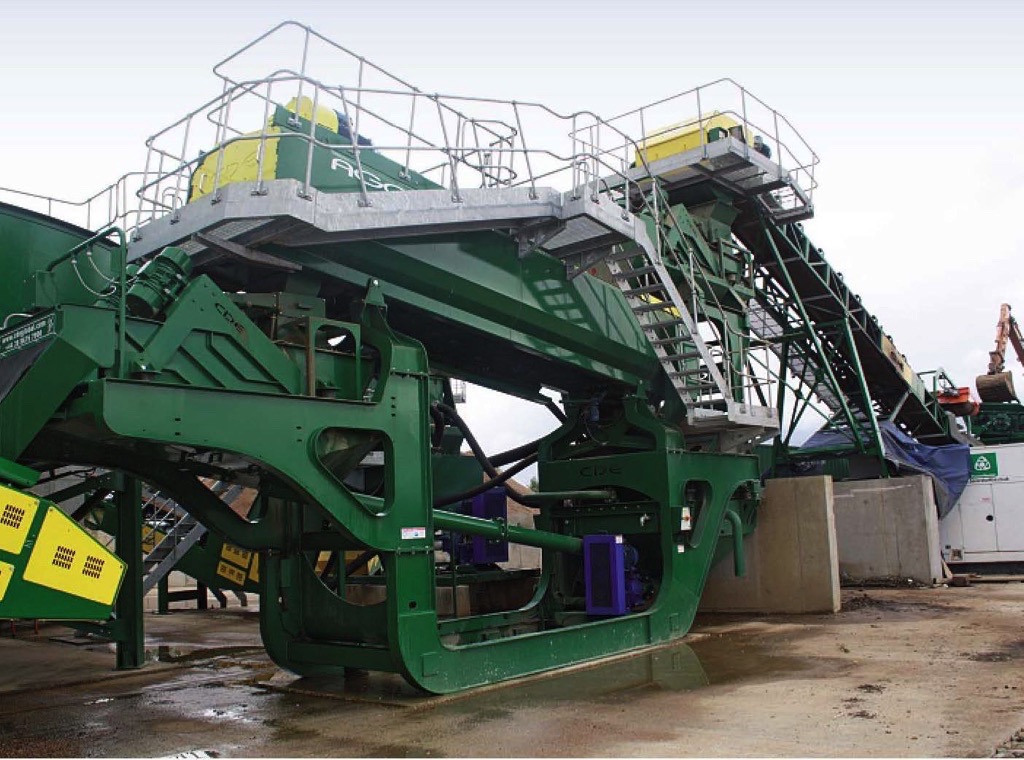
The washing plant contains a range of equipment from the CDE product portfolio including a feed system, AggMax portable logwasher, Prograde aggregate screens and Evowash sand washing plant. In addition the system employs full closed circuit water recycling with the inclusion of the Aquacycle thickener and GHT filter press.As material is delivered to the plant an overband magnet on the feed conveyor removes any metals before it is sent to the logwasher. This involves four stages of processing on a single unit – prescreening, attrition, trash removal and aggregate dewatering.The pre-screening stage allows for any particles smaller than five millimeters to be liberated and delivered to the sand washing phase. The coarser aggregate material enters the integrated Rotomax logwasher and is subjected to a high level of attrition from the twin shaft machine. This further liberates more material smaller than five millimeters while also floating off any lightweight contamination at the rear of the unit. This is subsequently dewatered on the trash screen and while the trash material – plastics, polystyrene, rubber, wood – is discharged into a bay the fine material and waste water are also sent to the sand washing plant to maximise recovery of the sand fraction.
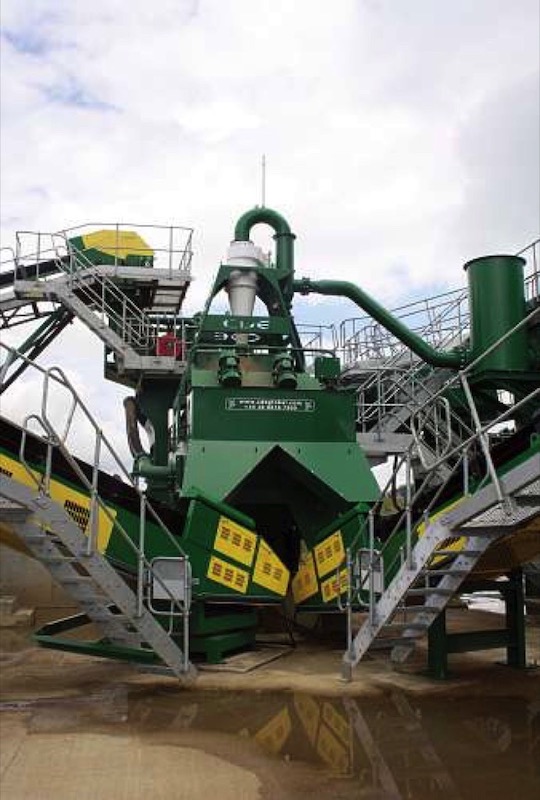
As the scrubbed aggregates are discharged from the logwasher they are delivered to a dewatering screen where they are given a final rinse before being sent to the aggregate sizing phase. On this project a Prograde P275 dry sizing screen produces four recycled aggregate products – 5 to 10 mm, 10 to2 0 mm, 20 to 40 mm and plus 40 mm. The fine fraction of below five millimeter material is washed to produce two recycled sand products via the Evowash 102 dual sand plant.The water treatment phase first involves the Aquacycle thickener which receives waste water from the sand plant containing the particles smaller than 63 micron. The thickener design allows for high rate settlement of these fine particles to the bottom of the tank while the recycled water overflows to a concrete water recirculation tank before being recycled to the washing plant. A lightweights removal screen ensures that any material such as polystyrene that has not been captured does not re-enter the water circuit.The settled sludge from the thickener is then delivered to a concrete buffer tank before being sent to the GHT filter press to maximise water recycling. In this instance the filter press is made up of 140 plates which press the sludge at extremely high pressure to remove the maximum volume of water. The waste material is then compressed to a filter cake containing 90% dry solids content which is dropped from the filter press into a bay below.
The Results
Fully operational since June 2012 the Sheehan Group report that the new washing plant has achieved what was intended of it with all of the recycled sand and aggregate products proving very popular with customers. The end uses for the material to date have included pipe bedding, drainage material and paving. The recycled sands are being applied mostly in concrete manufacture and concrete block making,Approximately 50 percent of the material is used by the Sheehan Group on its own construction and civil engineering projects with the remaining 50 percent sold to the local private construction market. “We are transporting material within a 25 mile radius when using it on our own projects but hauliers collecting material ex-pit are moving it further than this” explains Chris Sheehan. “All the demand at the minute has come from the private sector but we are currently tendering with various local authorities in the hope that they will come on board and embrace the use of recycled materials on their own projects.”Expanding on this Tara Sheehan believes that the increased focus on sustainability and ethically sound operations is also having an effect on demand. “We have noticed among the private sector contractors that those operating within the ‘Considerate Constructors’ scheme have been very receptive to the idea of using more recycled materials” explains Tara. “They see it is a way of reinforcing their position as leading the industry in relation to the sustainability agenda.”In contrast, the level of interest from the local quarry operators has not been as strong. “Several local operators have visited the new plant and sampled material but we don’t have any firm commitments to purchase recycled materials” remarks Chris Sheehan. “Given the business case that exists for recycled material, not to mention the potential that it offers for us to protect aggregate supply for the long term I am surprised at this approach.”
A Note from the Editor
For all statements in this article that refer – directly or indirectly – to the time of publication (for example “new”, “now”, “present”, but also expressions such as “patent pending”), please keep in mind that this article was originally published in 2012.
| About the Author | |
| Peter CravenThen Head of Marketing & Sales SupportCDE Global Ltd., United Kingdom |
■










